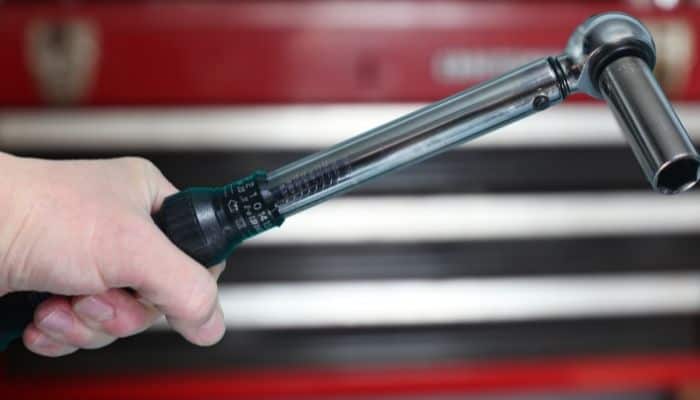I have two Haynes manuals one for 2-valve BMW's the other motorcycle maintenance techbook. The 2-valve manual states when there are two number settings (15-25ft-lb) you should set the torque in between the two numbers (20ft-lb). Now the techbook states that you torque down to the first number (15ft-lb) and then torque it down to the second number (25ft-lb). My question is which one is correct? Any help would be greatly appreciated. The torque setting was an example not a real setting, I should have said that. The bike is a '78 R80/7. Just wanted to know which way to do it was right. Sorry , I was not clear with this.
Last edited:


